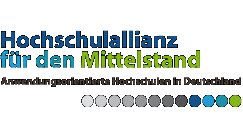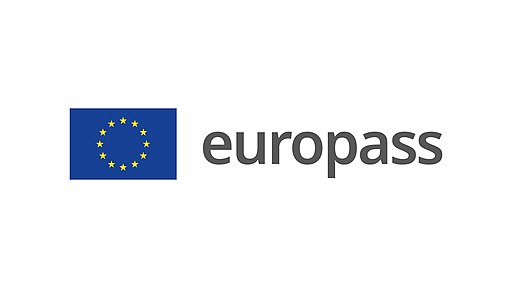Platelets
Characterising the Dynamics of Platelet Shape
Change Thrombocytes or platelets are responsible for the hemostasis and cause e.g. the stop of bleedings. They can react with a multiplicity of stimuli by changing their shape from a more rounded geometry to forms that show spikes, the so-called pseudopodia. The nature of the platelet shape change (PSC) and its association to diseases such as diabetes or tumours is not well understood. One of the reasons is the lack of proper tools to automatically detect and characterise platelets from microscopic images. In order to enhance our knowledge about the platelets dynamics and its characteristics at different pathological conditions, a new tool to automatically identify and characterise platelet segments was developed by our group (the Grünwald Remagen Opensource Unified Platelet Identification Tracker: GROUP-IT toolkit ->Link zum Download). The following link shows exemplified results obtained with the GROUP-IT toolkit on the segmentation and tracking of platelets in a longitudinal time series. One can immediately see the formation of pseudopodia on some platelets, although not on every platelet.
root.medmatic.com/download/pseudopodia.avi
Using GROUP-IT, we currently investigate in cooperation with our project partners the dynamics of platelet activation under normal physiological conditions and their corresponding pathological alterations. The project ultimately aims at the identification and definition of new disease specific biomarkers based on the characteristic dynamics of platelet shape and its change.









